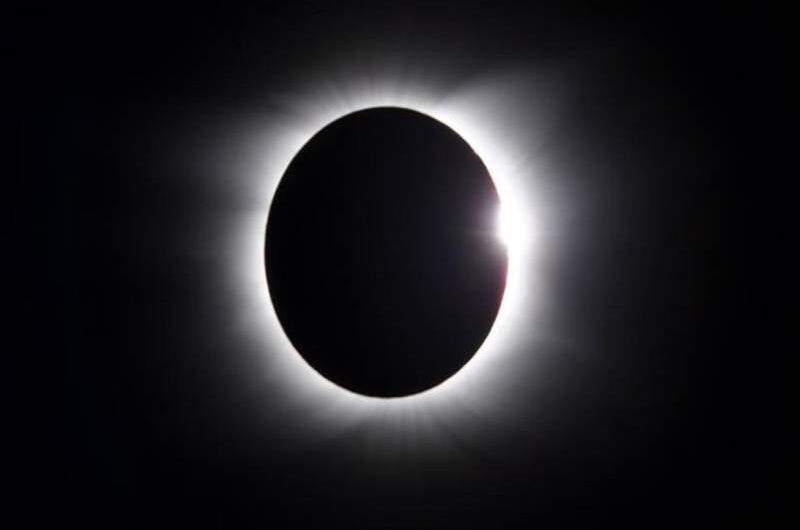On the morning of October 14, a rare annular solar eclipse will darken the skies across the United States, offering a spectacular celestial display. This event is the first annular solar eclipse in the United States since May 2012 and the first solar eclipse of any kind in the U.S. since the total eclipse in 2017.
But what exactly is an annular solar eclipse, and what can residents of Boise expect to see?
An annular solar eclipse is one of three main types of solar eclipses, and it occurs when the Earth, moon, and sun align in such a way that the moon appears to block the sun, leaving only a ring-shaped “ring of fire” visible around the darkened moon. This phenomenon takes place when the moon is perfectly aligned with the sun but is farther away from Earth, preventing it from completely covering the sun’s disk.
In contrast to a total solar eclipse, where the moon completely obscures the sun, or a partial eclipse, where the moon only partially covers the sun, an annular eclipse presents a unique spectacle. The path of totality, where the sun is entirely blocked by the moon, is where observers witness the most darkness during a solar eclipse. However, people outside this path still experience a partial eclipse, resulting in a crescent-like appearance of the sun.
While not in the path of totality, Boise is relatively close to it, allowing residents to enjoy a significant portion of the eclipse. Boise will witness about 84.6% of the sun being blocked out during the peak of the eclipse. The partial eclipse will begin around 9:07 a.m. Mountain Time, with the annular eclipse reaching its maximum effect at 10:24 a.m. MT. This mesmerizing event will last for several minutes before transitioning back into a partial eclipse, which will continue until approximately 11:47 a.m. MT.
It’s worth noting that weather forecasts for this event are currently indicating cloudy conditions with possible showers, but meteorological predictions can change closer to the date.
For those unable to witness this month’s eclipse or who prefer to plan ahead, the next eclipse in the United States will be a total solar eclipse in April 2024. However, the path of totality for that eclipse will not pass near Boise. Instead, it will enter the United States through the Mexico-Texas border and travel northeast through other states.
Additionally, most of the United States will have the opportunity to observe two lunar eclipses in 2024, during which the Earth passes between the sun and the moon, causing the moon to take on a reddish hue. These lunar eclipses are scheduled for March 24-25 and September 17-18.
In summary, the annular solar eclipse on October 14 promises to be a remarkable celestial event, with Boise residents getting the chance to witness a significant portion of this captivating phenomenon. However, weather conditions on the day may influence the visibility of the eclipse.
Disclaimer: The views, suggestions, and opinions expressed here are the sole responsibility of the experts. No EU Brief journalist was involved in the writing and production of this article.






